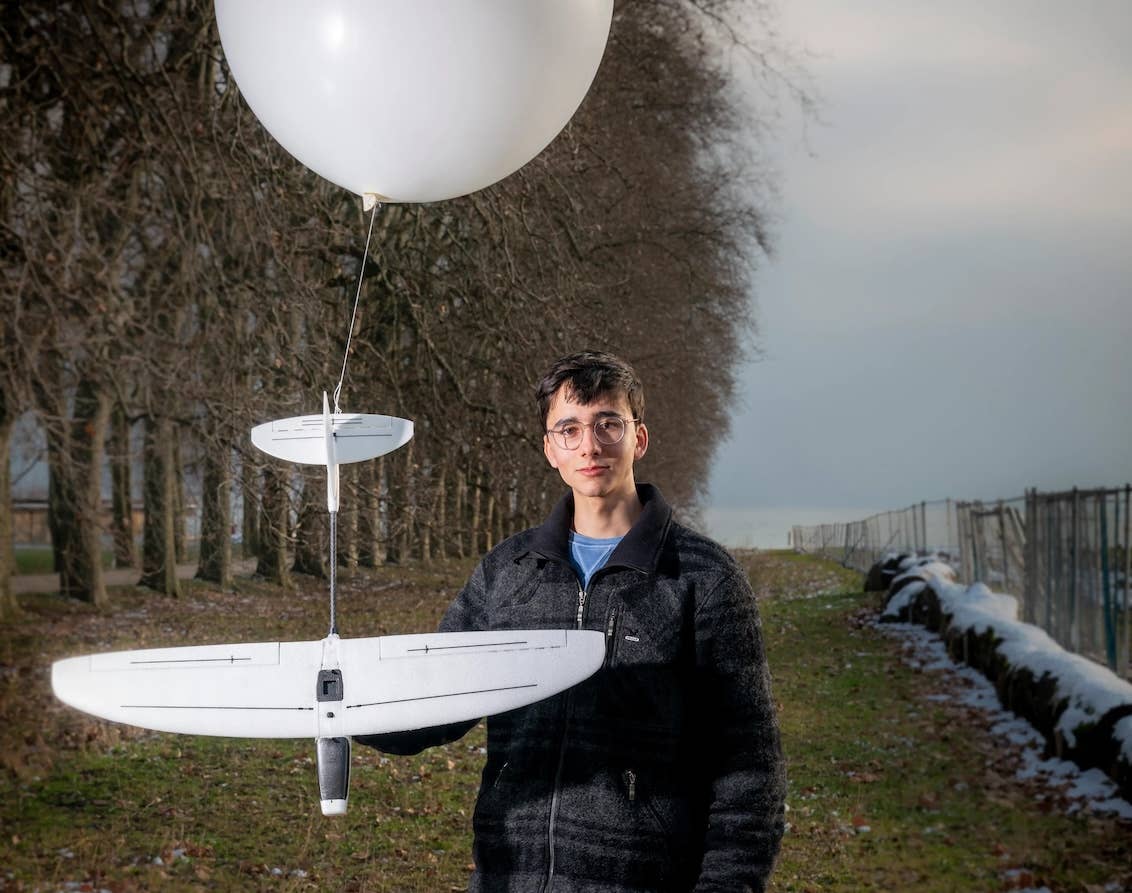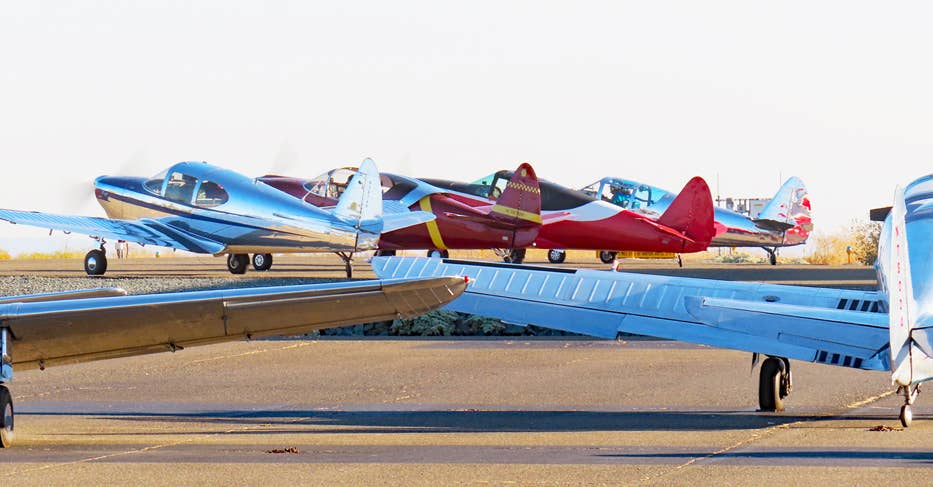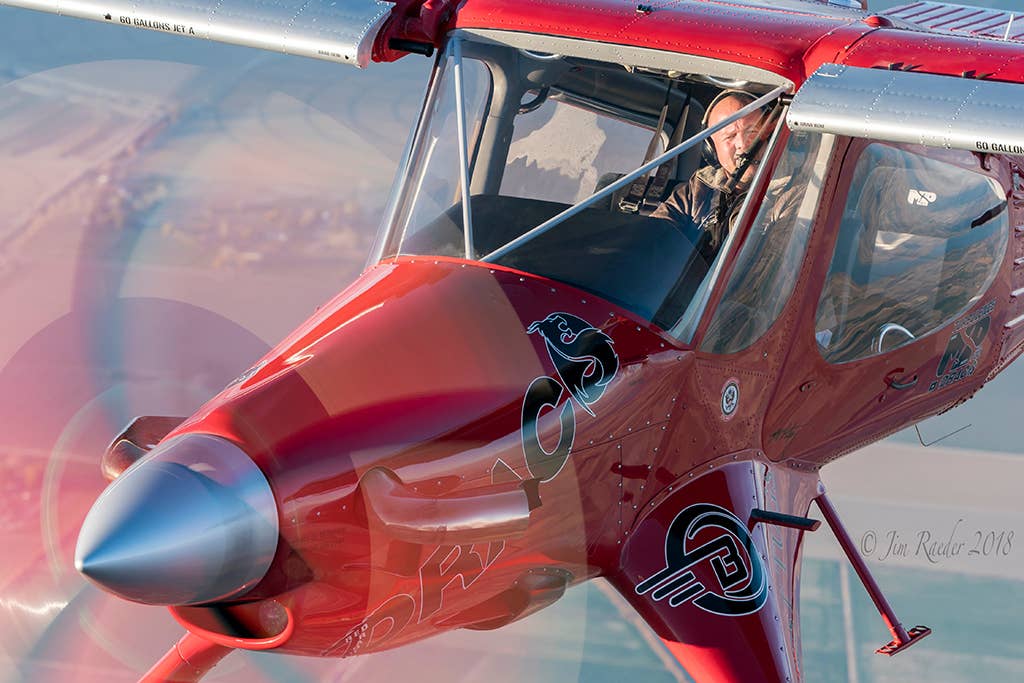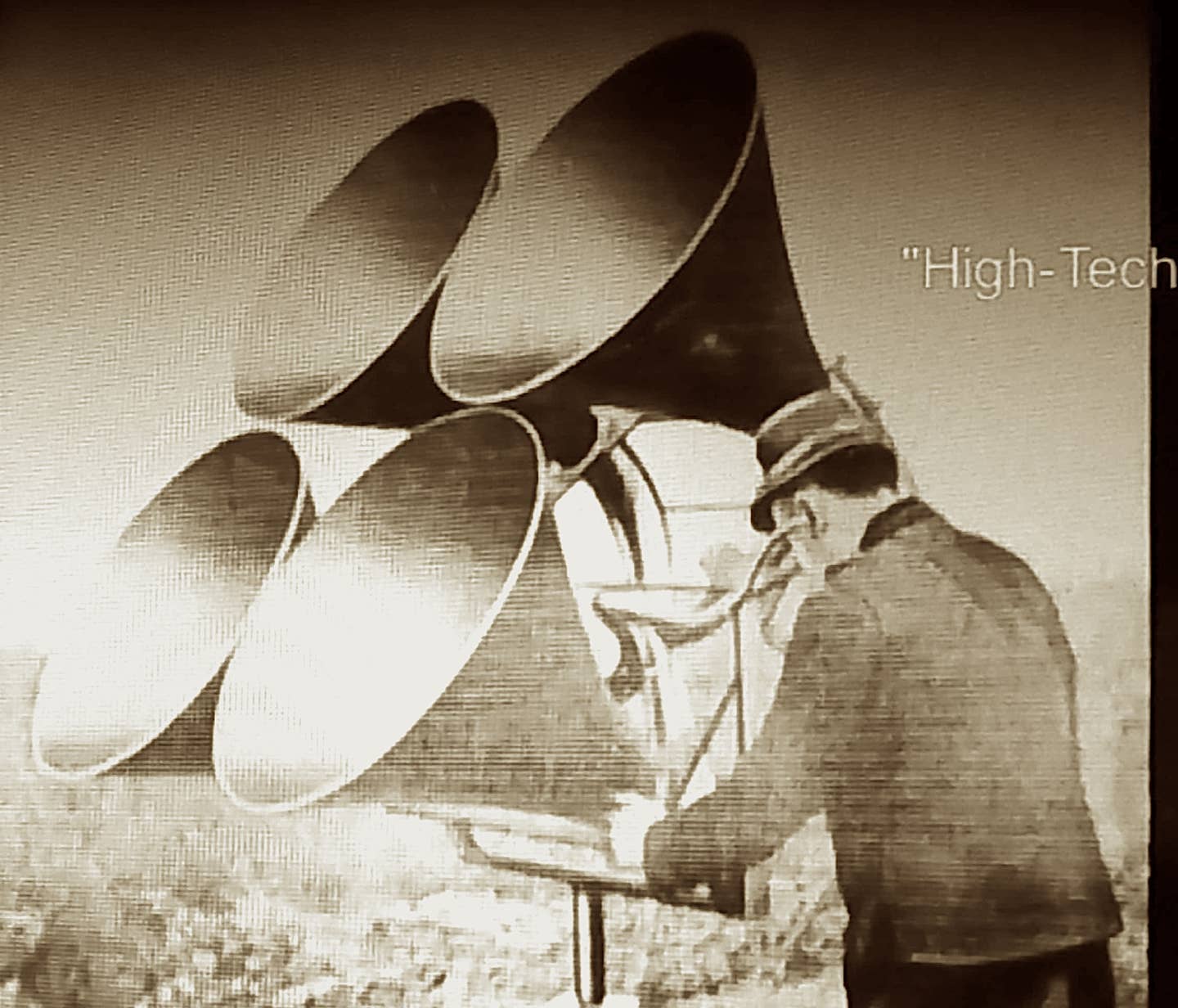The Anatomy Of A Panel Rebuild
The energy that drives an interest in selecting the next avionics upgrade has many asking the question of how deep to venture into the actual panel modification. The answer becomes…
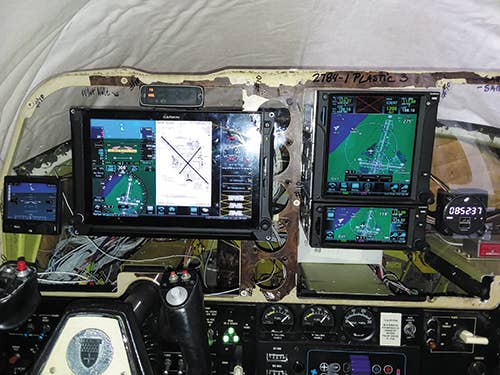
The energy that drives an interest in selecting the next avionics upgrade has many asking the question of how deep to venture into the actual panel modification. The answer becomes obvious when it comes to a full glass panel upgrade. However, the addition of a small-screen EFIS, changes to the center stack or the desire to reconfigure an unconventional instrument layout to a standardized six pack requires some serious thought and creativity.
The final product is ultimately driven by budget, unknown interferences behind the panel and the creativity of the team to create a unique, aesthetically pleasing and functional panel. But expect a lot of work along the way. When an aircraft arrives at our shop, the first task is performing a full functional check on the existing equipment. This eliminates the contentious argument of whether it worked before the shop tore into the panel.
Once the panel is disassembled to the level required for the job, a prototype template is derived from both the existing panel and rough cutouts. The template is then sent to our outside panel fabricator who creates an AutoCAD drawing and sends us the file in PDF format for review. Once approved by the customer, an acrylic panel is sent our way. This allows us to make modifications for proper instrument placement while modifying for trimming or the addition of material for the next round of acrylic.
The panel replacement (these are overlays, with structure left intact) is always the long pole in the tent so getting that process started right away allows the shop to concentrate on cleaning up old wiring and rewiring for the new instrumentation. Many customers are surprised that the entire interior is usually removed when performing heavy modification. This allows access to interface with existing equipment that may be placed in the empennage. This also makes room for new LRUs (Line Replaceable Units) to be added as there is usually plenty of shelf space when obsolete equipment is removed. As noted in the main article, having the interior out is a fine time to address its condition and many will use this opportunity to have it reconditioned or at least recovered. Removing the interior also allows for running wiring harnesses from front to the rear for cabin headset jacks, USB ports, magnetometers, autopilot servos and a variety of the other accessories.
Once the wiring is complete and the shop waits for the panel, there is no better time to power up the new systems and fix any wiring and interface issues. The aircraft is easily accessible inside and out, and a simple wiring or grounding issue can be quickly solved now rather than later when it’s reassembled. It’s also a good time to take care of squawks that have been neglected. Common actions include correcting lighting, fixing power ports or tackling air vent issues.
Of course, custom metal panel replacement and powder coating isn’t the only solution to spiffing up an old cockpit. If you decide on an incremental upgrade with Garmin’s GI 275 round electronic flight instruments, the shop might not have to do any cutting at all. But it might be a good time to replace the old plastic panel overlay that exists in so many aircraft. For that work, Plane Plastics (www.planeplastics.com) has been our number one go-to source for replacement plastic, but that’s not without extra work and it isn’t a slap-and-go process. We modify them to fit around retrofit systems like an Aspen Evolution flight display or a Garmin G5 EFIS, both of which have bezels that won’t work with an overlay cut for traditional round-gauge flight instruments. The good thing is the new plastic panels aren’t aged and brittle so they are fairly easy to work with. Done right, the cutouts can yield a nice clean look that’s a worthy alternative to a completely new metal panel overlay.
TJ Spitzmiller is the general manager of Sarasota Avionics and Maintenance in Sarasota, Florida.
This article originally appeared in Aviation Consumer magazine.
For more great content like this, subscribe to Aviation Consumer!

